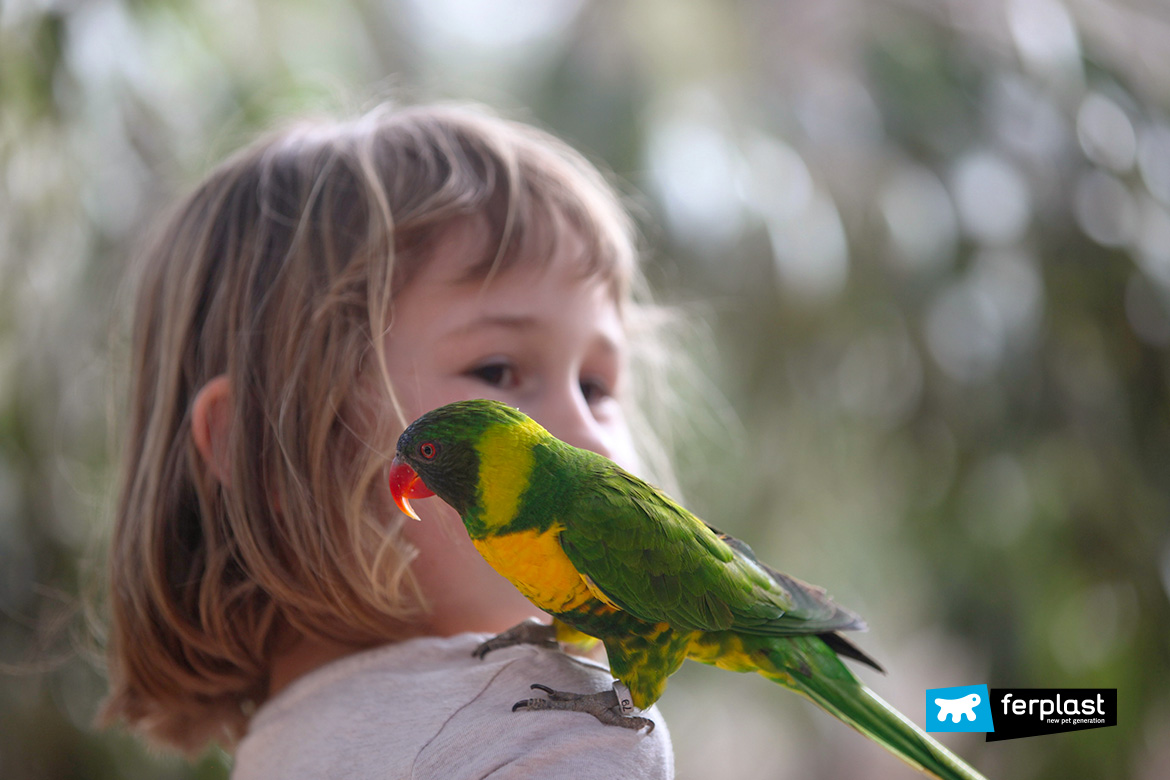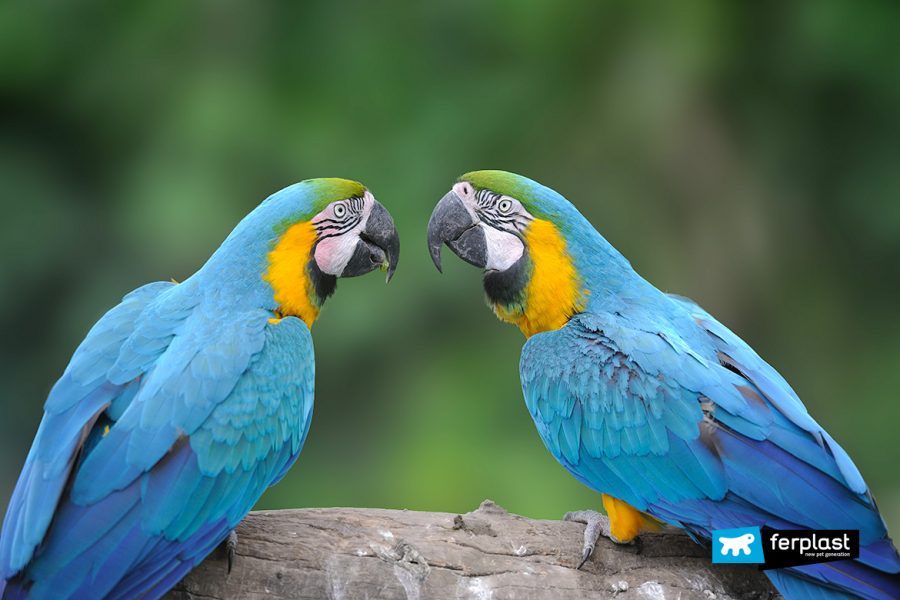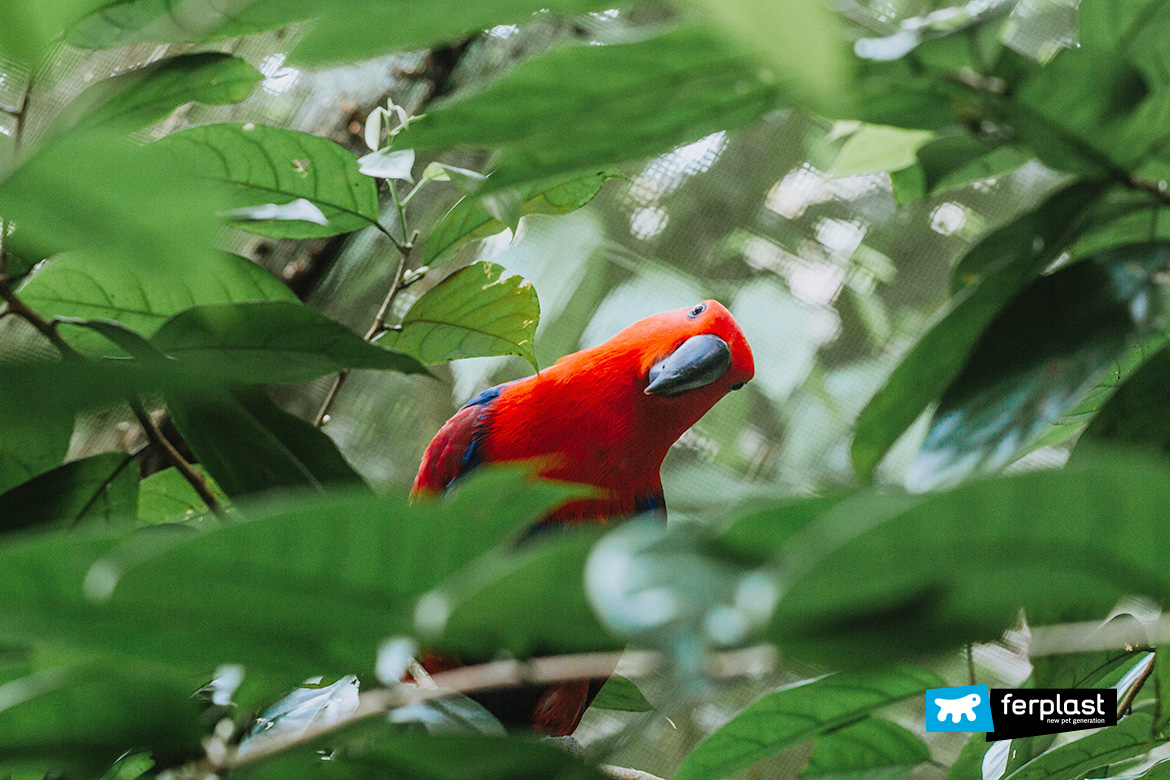Parrots are among the most loved birds and one of the reasons for their fascination there is, together with their extraordinary colors, their ability to imitate human sounds. Have you ever wondered why parrots talk?
Many researchers have been investigating on the incredible ability of these birds. However, the scientific community has not yet come to a definitive conclusion. Let’s see what the anatomical characteristics of parrots and the hypotheses on their ability are.
How can parrots “talk”?
Parrot’s vocal apparatus
To speak, human beings emit air from the lungs, causing the vocal cords to vibrate and then modulating the sound with the movements of the mouth and lips. The phonic structure of parrots is completely different from ours.
Parrots don’t have anything resembling vocal cords, but they do use some muscles and membranes in the throat. In particular, there is an area of the respiratory system, the narrows, which intervenes in the phonation process. Also, parrots have a very long tongue, which helps them in imitating human voice and different sounds. Through these anatomical elements, parrots “speak”, producing sounds that recall the words of human language.
Parrot’s brain
Some researchers have shown how the brain of birds that mimic human sounds is organized in a very similar way to ours in the section concerned with vocal learning.
Furthermore, it has been demonstrated that these birds have a great memory capacity. Their memory allows them to reproduce some sounds heard even just a few times and many years later.
The language of parrots in nature
The language of parrots in nature is very interesting. In fact, these birds develop and use different sounds and languages to distinguish members of their family group from others. In this way, each family nucleus creates its own language, a sort of dialect, vocalizing in a different way.
All this is possible thanks to the incredible mnemonic capacity that these birds possess, which allows them to recognize the members of their group through the sounds produced, even within very large flocks and after a long time. This ability is not an innate trait, but is learned through a an imitation process.
Parrots can imitate any type of sound, not just that of the human voice. The fact that they reproduce the master’s voice is a characteristic purely linked to a desire for a positive response. Speaking like humans, parrots expect attention and food in return. It is also a way to try to be accepted within the family, imitating the sounds of the members and gaining a place in the social group, just as it would in nature.



